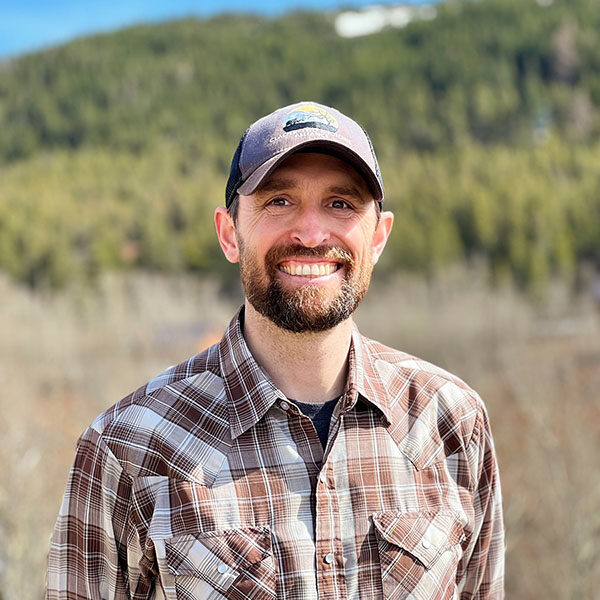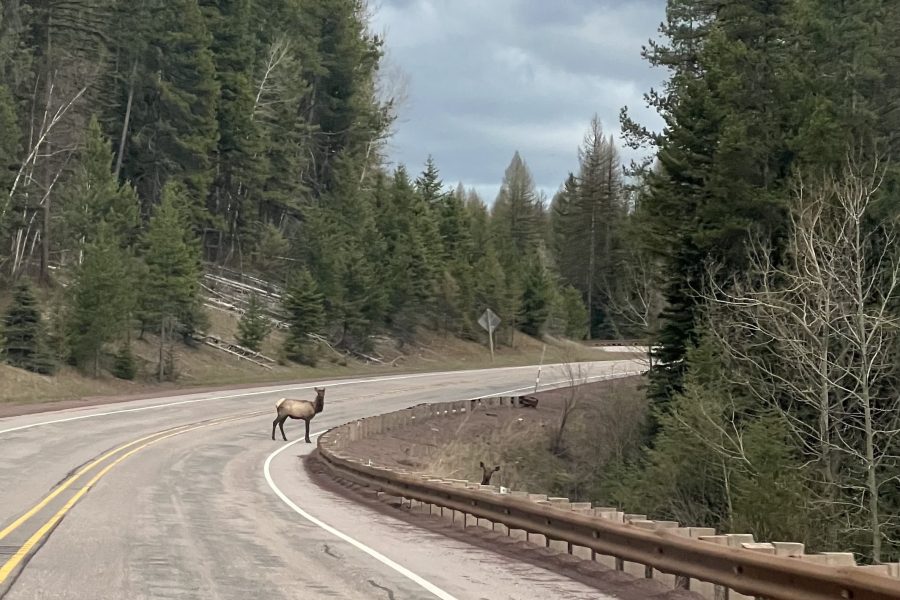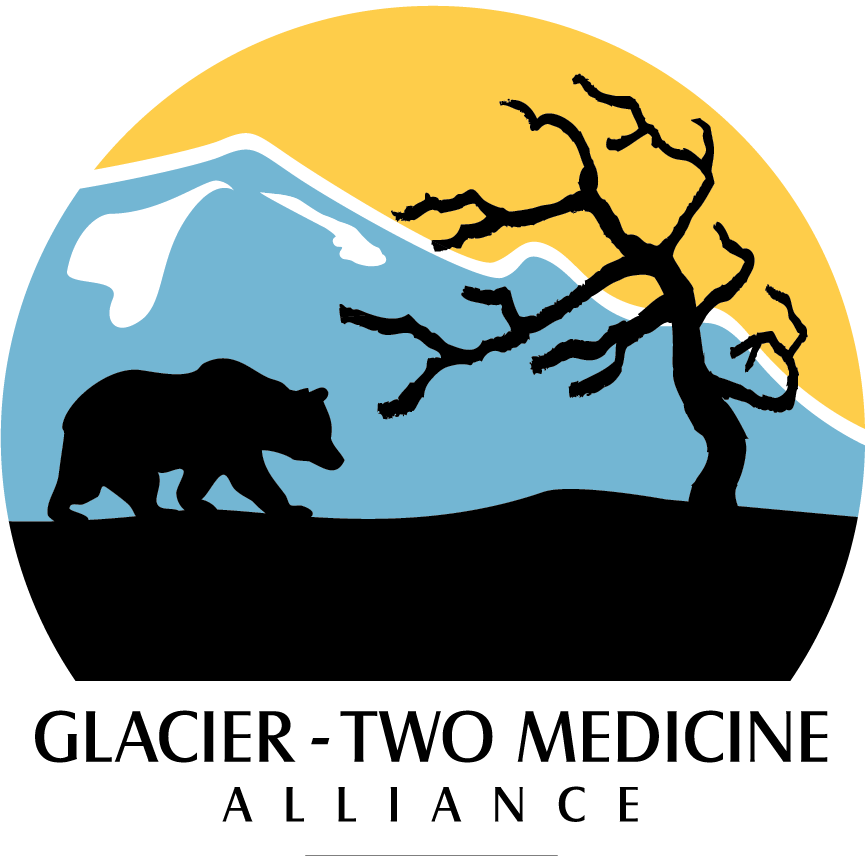
By Peter Metcalf
Executive Director

Montana Legislature Establishes New Account to Fund Highway Wildlife Crossings
Bill also creates new license plate to raise revenue for wildlife accommodations
The Montana legislature took a small yet significant step toward making our highways safer for wildlife and people late last week when it established a new account to help fund the development and construction of wildlife accommodations, like crossing structures.
House Bill 855 establishes a “Big game and wildlife highway crossings and accommodations account” to be managed by Montana Fish, Wildlife and Parks for the purpose of planning, designing, constructing or maintaining wildlife crossings.
The bill also authorized a new specialty license plate be created to generate revenue for the account. Sales of the new plate are expected to generate up to $160,000 per year. The account can receive other sources of revenue to increase the available funds.
Sponsored by Representative Katie Zolnikov (R-Billings), HB 855 passed the Senate with strong bi-partisan support 38-12 on April 17th. It previously passed the House 89 - 6.
The bill now heads to Governor Gianforte’s desk to be signed into law, which he is expected to do.
Montana highways are deadly for wildlife, with more than 6,000 big game carcasses collected annually by the Montana Department of Transportation. The actual death toll is likely far higher, as DOT’s record collecting is inconsistent, many animals die undetected and many collisions go unreported. In addition to their impacts on healthy wildlife populations, wildlife-vehicle collisions inflict millions of dollars annually in property damage, cause human injury and sometimes death.
On US-2 between Browning and Columbia Falls, the section of highway Glacier-Two Medicine Alliance is working to mitigate, grizzly bears, black bears, wolverine, and lynx have all been hit and killed in the last two years.
Highways don’t just cause mortality. They also pose a barrier to daily movement or migrations animals need to survive, a barrier that grows as traffic increases.
Thankfully we know how to solve this problem. Wildlife crossing structures with exclusion fencing can reduce collisions up to 85%. The fences keep animals off the roadway preventing collisions, while properly designed and spaced structures allow animals of all sizes and dispositions to cross safely below or above grade.
Unfortunately, Montana lags far behind other Western states like Wyoming, Utah, Colorado or Washington in building wildlife crossing structures along key wildlife corridors, such as US-2. One of the main reasons for the lack of investment is a lack of dedicated state funding to support planning and feasibility studies necessary to get these projects off the ground or to contribute toward the non-federal share, often 20%, required by many federal funding sources such as the Wildlife Crossings Pilot Program. Consequently, Montana has left tens of millions of dollars of potential federal funding on the table for wildlife accommodation projects, a missed opportunity that leaves motorists and wildlife unnecessarily at risk.
Securing funding for wildlife accommodations was a key priority of Montana hunters, anglers, and the broader conservation community, including Glacier-Two Medicine Alliance, this legislative session.
Glacier-Two Medicine Alliance applauds Representative Zolnikov for her leadership in championing this important legislation that will aid critical infrastructure investments to make our highways safer for people and wildlife.
And even more good news for wildlife connectivity and motorist safety may be on its way. Two bills, HB 932 and SB 537, advanced last week that would allocate 5% of the marijuana tax revenues currently dedicated to wildlife habitat to the new wildlife crossings account created by HB 855. This percentage would rise to 20% once the primary habitat account reached a fund balance of $50 million. A rough estimate is that this new allocation could raise an additional $500,000 - $600,000 a year for wildlife accommodation projects.
Floor votes are expected this week. Please contact your representative and senator and ask them to vote “Yes!” on HB 932 and SB 537.
